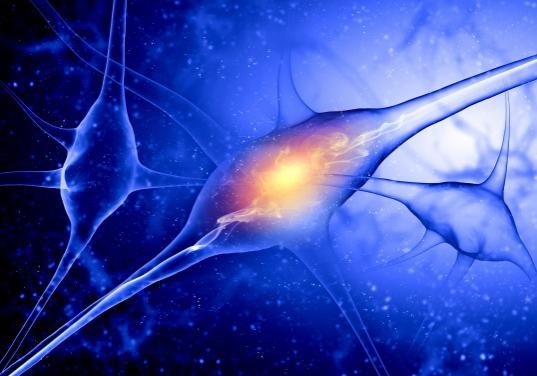Neuroscience
Introduction of Neuroscience

Neuroscience includes the fields of brain science, neurobiology, neuropathology, behavioral genetics, etc. The 21st century is recognized by the world scientific community as an era of biological sciences and brain sciences. At the end of the last century under the impetus of the brain science era, multidisciplinary and multi-level comprehensive research on advanced cognitive functions such as human brain language, memory, thinking, learning and attention has become one of the contemporary mainstream directions of scientific development, and the fundamental goal of neuroscience is to clarify the intracerebral processes and neural mechanisms of various cognitive activities, and to uncover the mystery of the brain-mind relationship. As an emerging research field, neuroscience is highly integrated with contemporary cognitive science, computational science, extending the research object from pure cognition and behavior to brain activity patterns. For the significance and prospects of neuroscience, the international scientific community has formed a consensus, and many people regard it as a discipline that will make a breakthrough in the near future like genetic engineering and nanotechnology.
Characteristic and Content of Neuroscience
Neuroscience is characterized by multi-disciplinary and multi-level intersections. It combines behavior, cognition and brain mechanism, and it attempts to elaborate the neural mechanism of human and animal in perceiving objects, forming images, using language, memorizing information, reasoning and decision-making at the micro level of molecule, synapse and neuron and at the macro level of system, whole brain and behavior. After birth, the fate of the brain is related to the environment. Good nutrition, coupled with a stimulating learning environment, can make neurons grow bigger and more complex. Brain nerve cells begin to move toward irreversible death after birth. In addition, trauma, disease and environmental toxins can also cause a large number of neuronal deaths. The study of neuroscience can not only help us explore the essence of cognitive phenomena, explore the relationship between matter and consciousness, solve ancient philosophical problems, but also help us understand some phenomena in real society and improve the quality of our lives. The results of neuroscience can directly serve society. For example, studies have shown that some people with antisocial personality or with mental illness have abnormal brain activities when performing certain cognitive tasks; normal people are engaged in our above-mentioned selective response tasks after drinking alcohol, not only with slow response times and increased error rate, but also with different brain activity. Patients with brain injury can perform brain function imaging tests to determine the brain area in which they are responsible for important cognitive functions (such as language) before surgery, and neurosurgeons can avoid damage to these brain areas during surgery. The pattern of brain activity when reading text can gradually return to the same as normal children by cognitive correction for children with dyslexia. For the selection and testing of astronauts and pilots, it is necessary not only to consider their physical adaptability, but also to scientifically identify and study their cognitive and neurological activities, especially in emergency situations. It is no exaggeration to say that neuroscience has penetrated into every aspect of our lives, although in most cases we are not aware of it.
References:
- Panagopoulos GN, Megaloikonomos PD, Mavrogenis AF. The Present and Future for Peripheral Nerve Regeneration. Orthopedics. 2017, 40(1) e141.
- Shimoo Y, Yamamoto M, Suzuki M, et al. Anatomic and Histological Study of Lingual Nerve and Its Clinical Implications. Bulletin of Tokyo Dental College. 2017, 58(2):95.
- Dahlin L B, Wiberg M. Nerve injuries of the upper extremity and hand. Efort Open Reviews. 2017, 2(5):158-170.